Overload: micro-decorating move #23
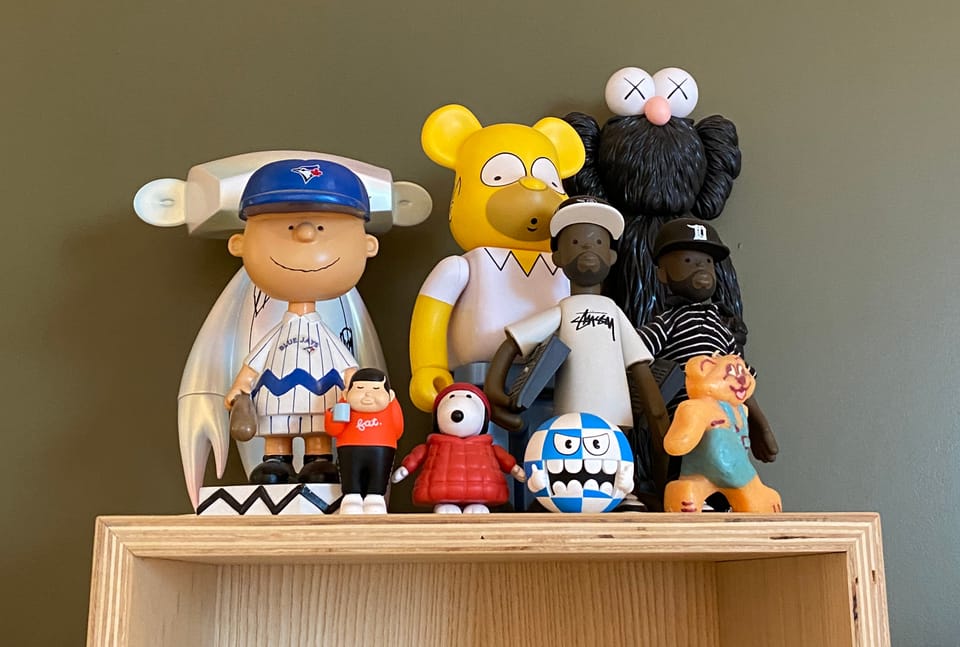
The weekly micro-decorating newsletter * Issue 2 of 13, SS25 *
Subscribe free *
There's a famous quote attributed to Coco Chanel that style mavens love to reference:
It's taken as encouragement to pare your outfit down to its simplest essence. While I'm a fan of subtracting when the situation calls for it, when it comes to interiors, I say adding is where it's at. An arrangement might seem complete, but there's one extra object that will kick it into the stratosphere – and it's your job to find it.
Arresting design often involves a pleasing sense of fullness. A good example is this book cover designed by Luke Bird, with its multitude of shapes packed neatly in a box:
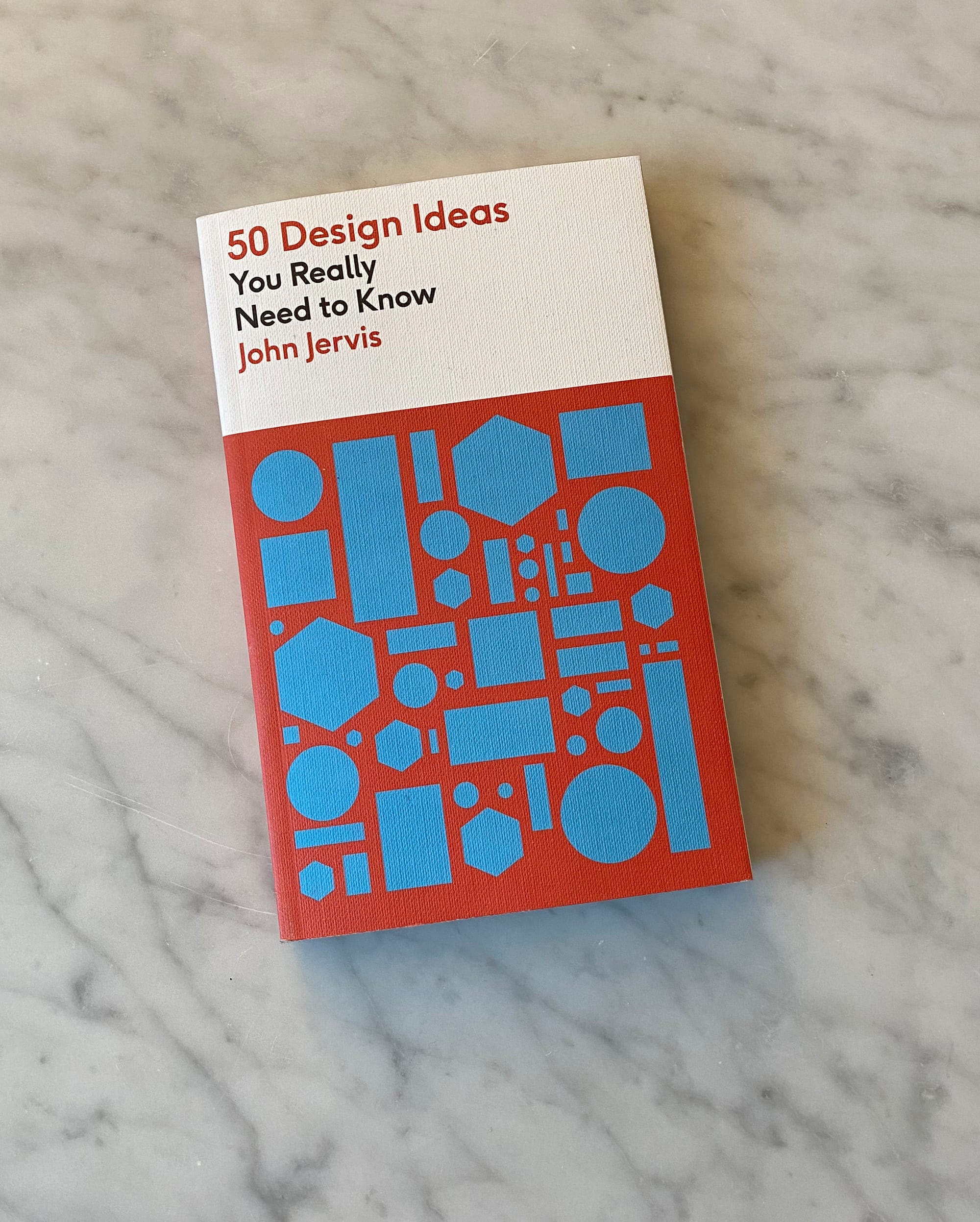
When you overload a container with related items, the effect is often fizzy and effervescent. Think of the overflowing boxes and baskets in a fruit market:
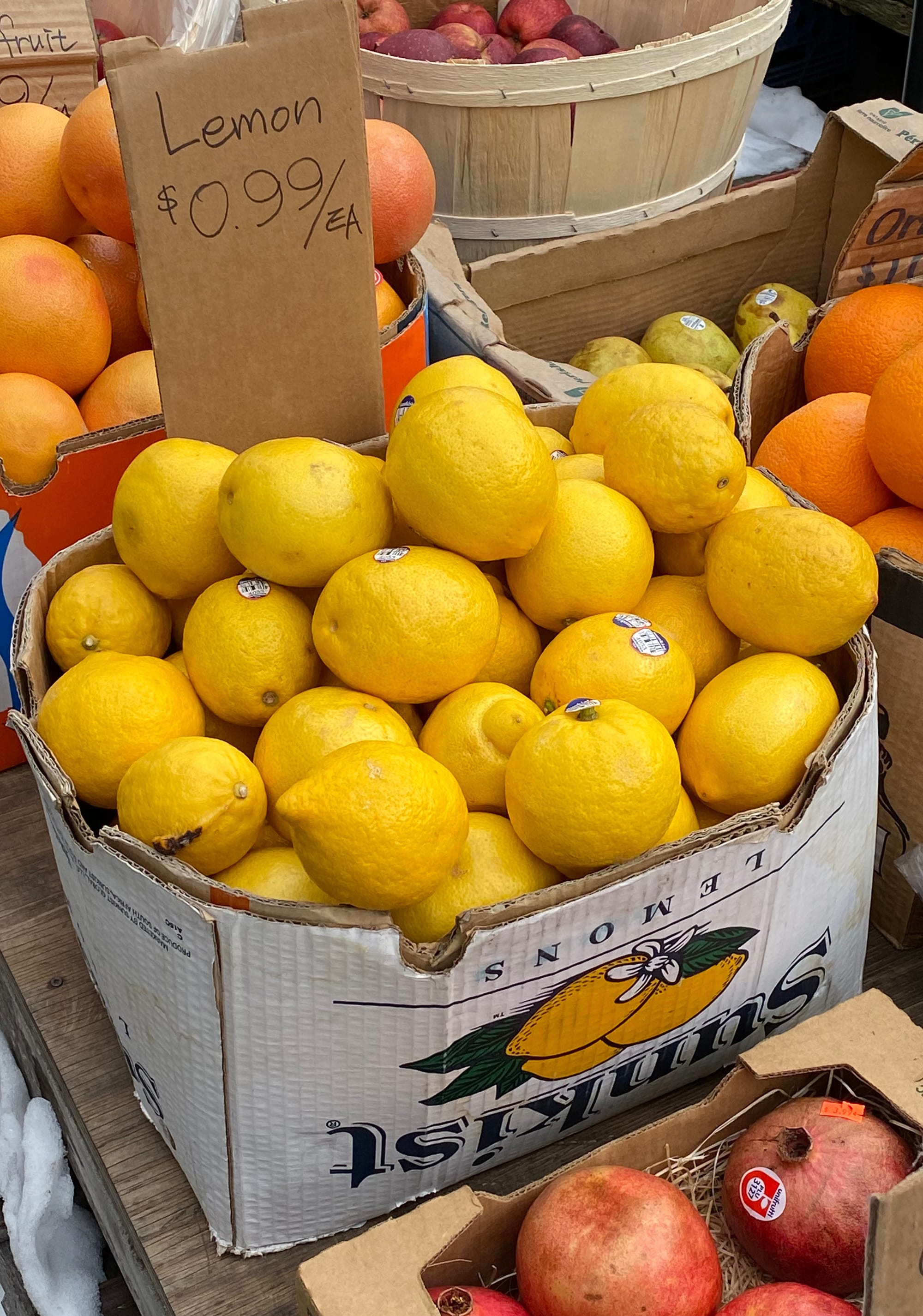
Nature has a tendency toward exceeding limits, and Toronto's gardeners play on this quality in their exuberant planters framing building entrances:
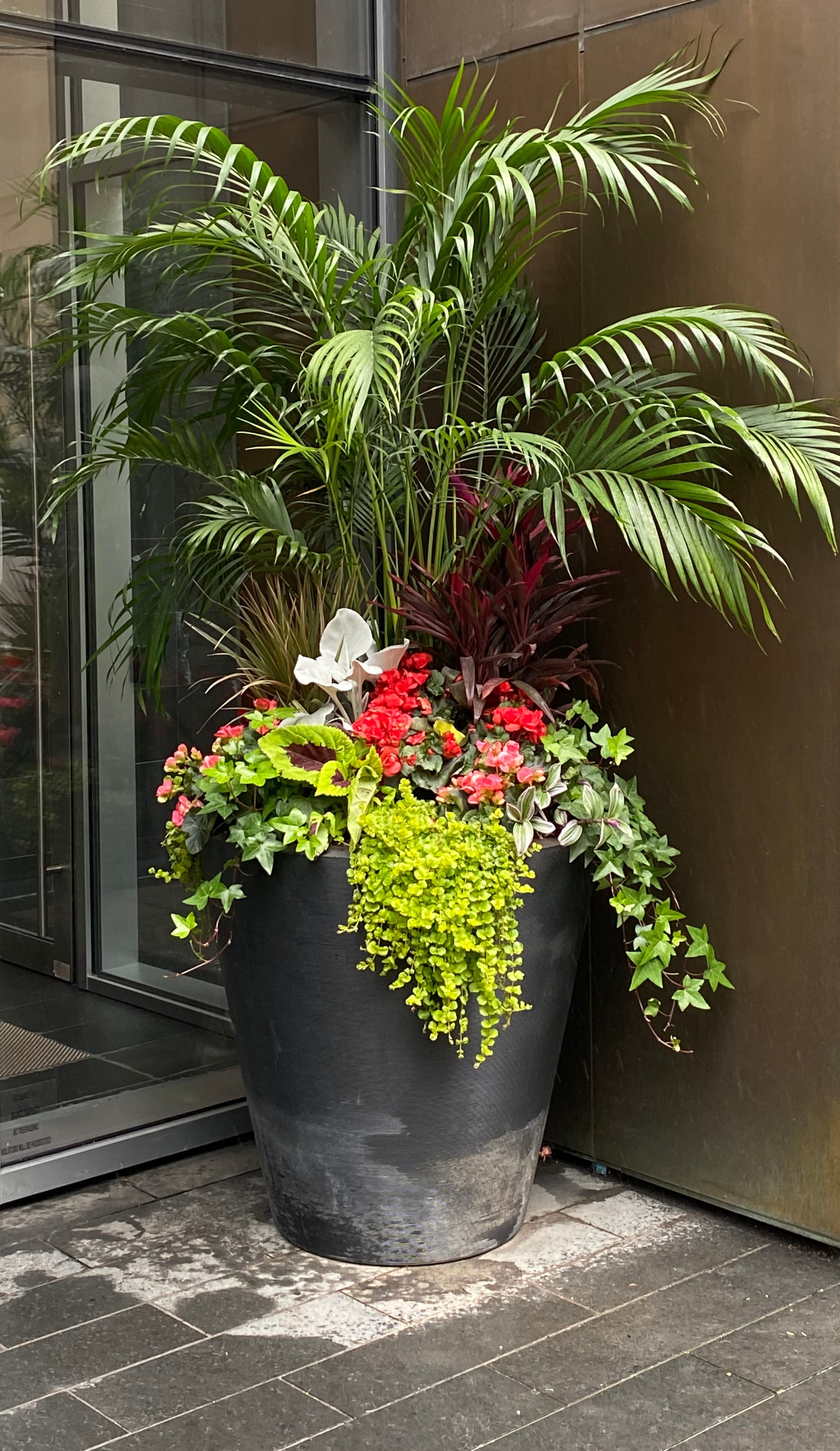
At Victoria College, this swath of tulips seems ready to extend infinitely in both directions:
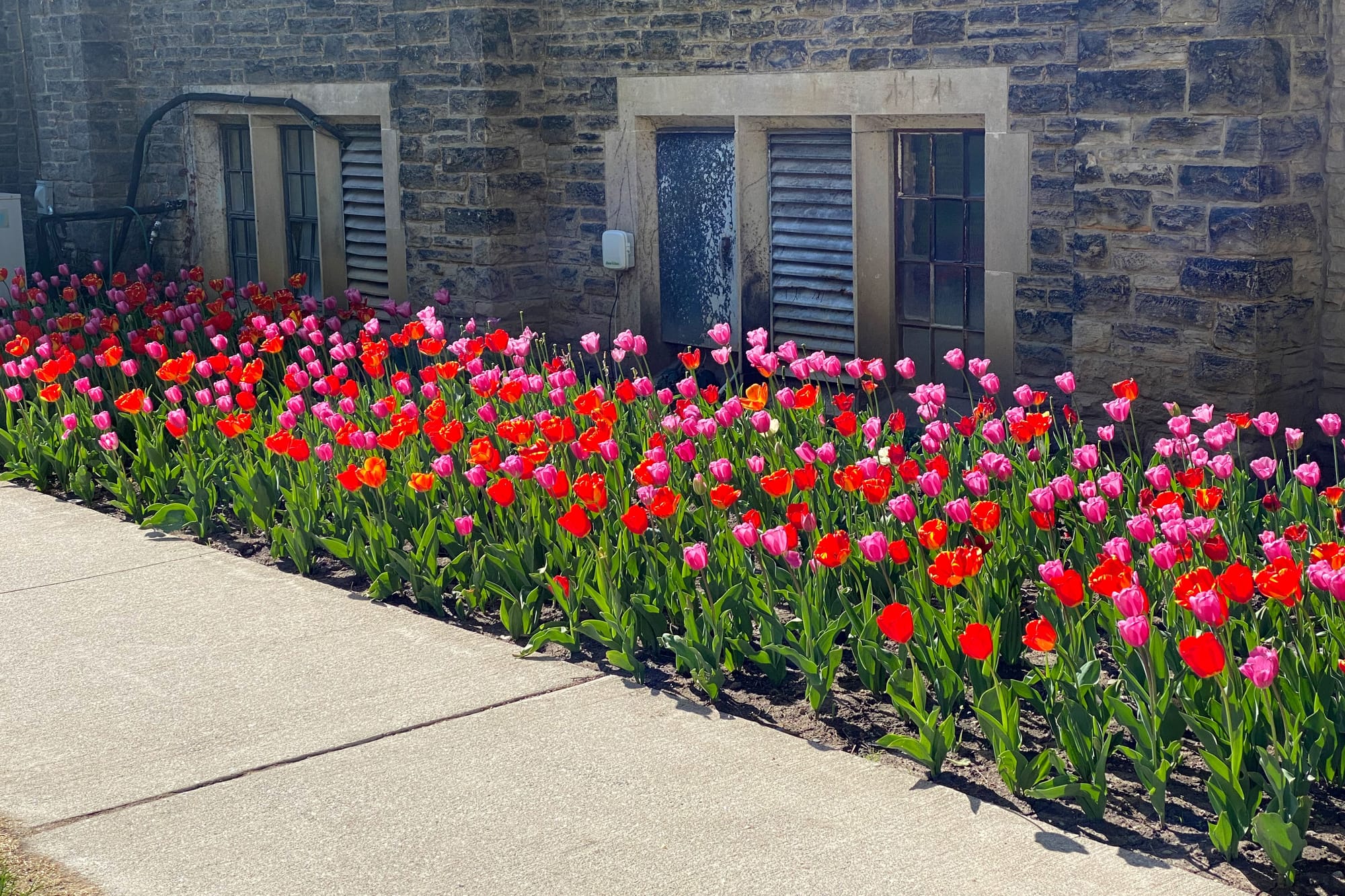
Retail stylists are experts in taking nature's vitality and translating it into the world of objects. Displays with a surplus of stuff have a captivating energy, promising a jolt of newness if you take one of the objects home. This rowdy gathering of ceramic faces at Avenue Daughter on Roncesvalles is wondering which one will be chosen first:
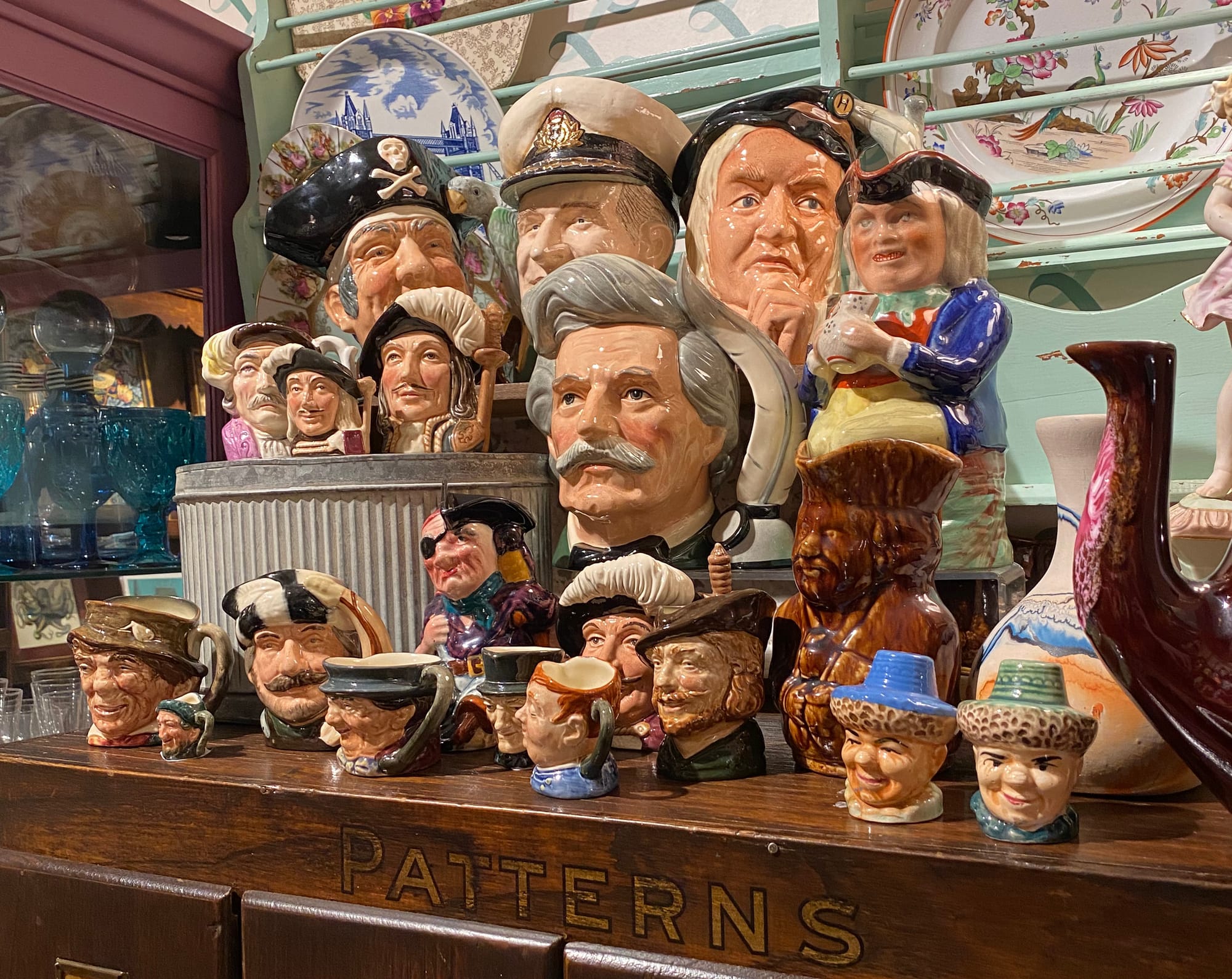
Shopping isn't the only route to style paradise. You can scoop up things you already own and overload a surface with some favourites. In my own place, a cake platter has never been used for actual cakes, but instead holds a changing array of small objects:
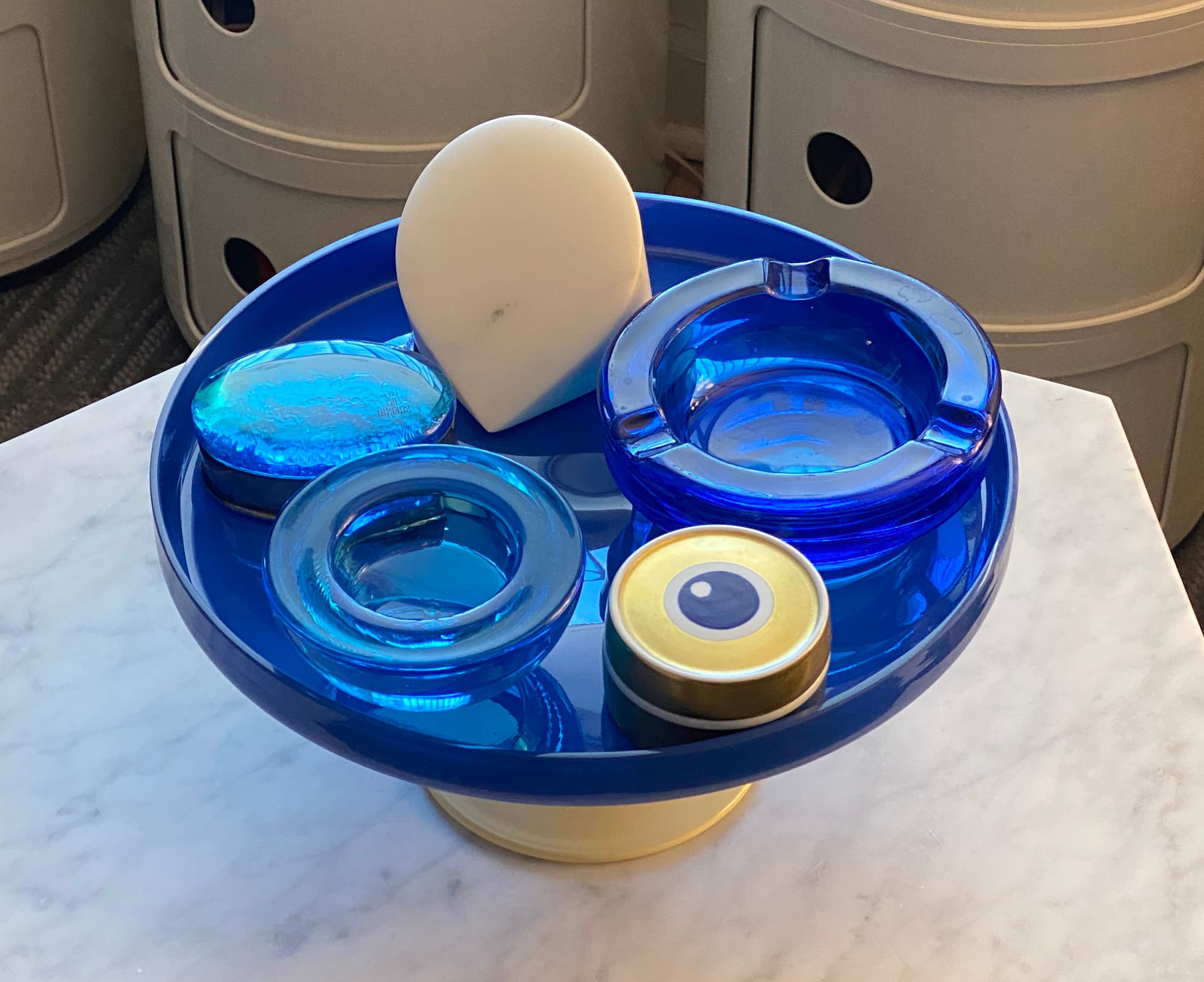
When I need a larger canvas, the top of my desk is a willing subject for experiments. Right now it's home to a bunch of glass and Lucite pieces, with a few oddball exceptions thrown in for good measure:
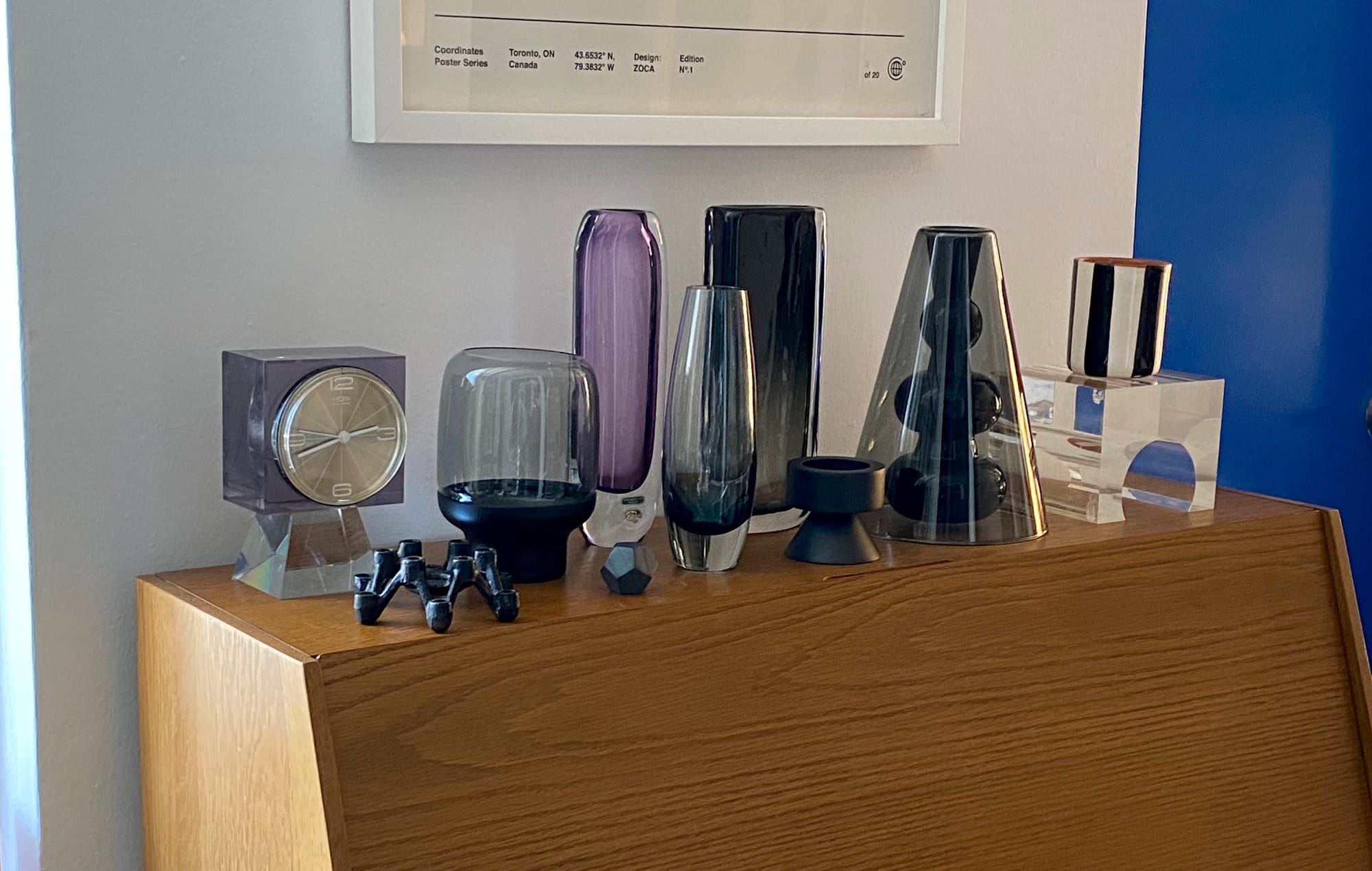
Before you go overboard with overloading, I have two tips that will guarantee success. They're both illustrated by this arrangement I loved at the Ossington clothing shop Lost & Found:
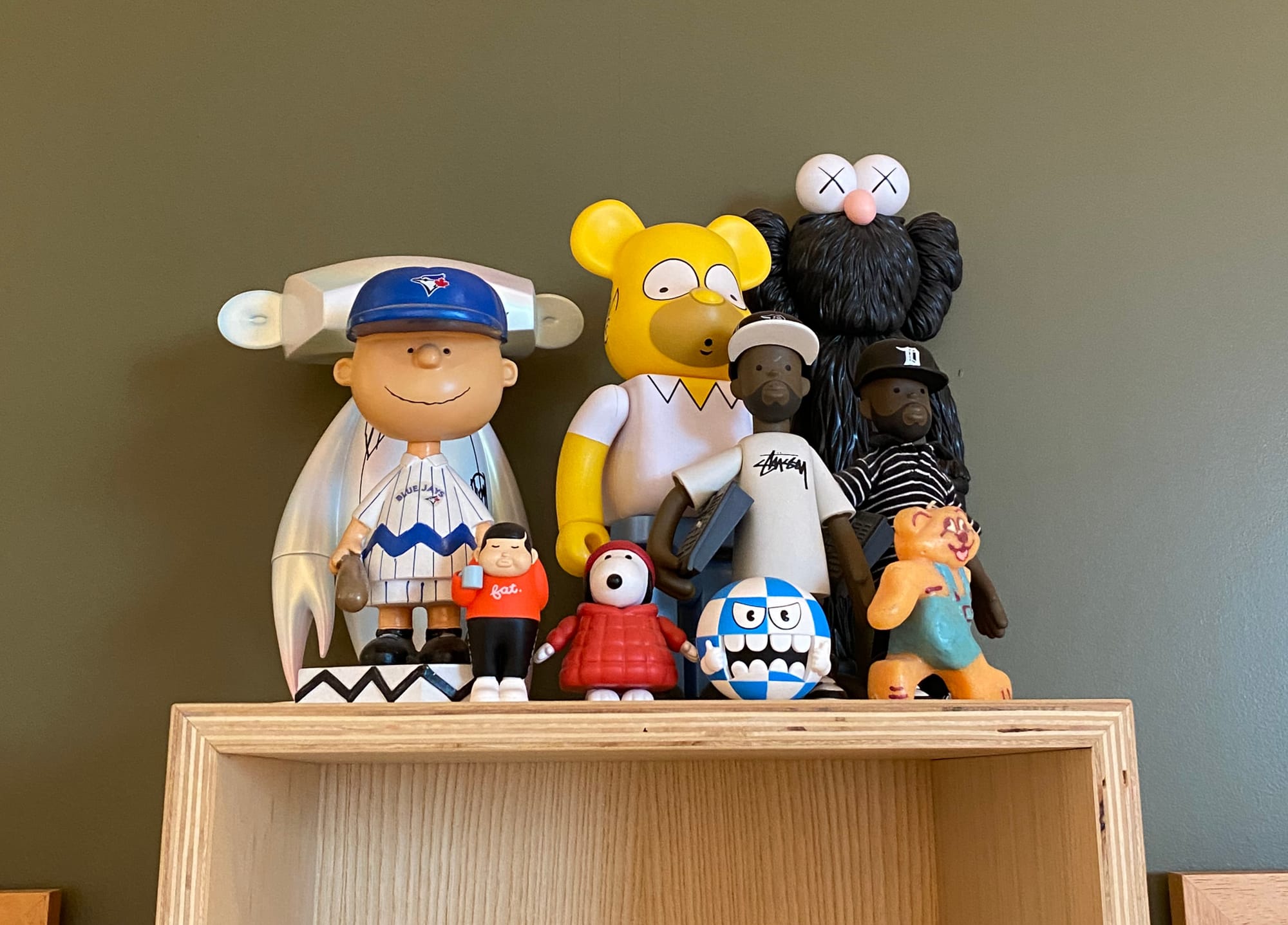
Find relationships
This crowd of figurines has the tallest at the back and the shortest at the front, creating a sense of order. Overloading works best when you go beyond the haphazard and play with what looks best.
Leave space
This display has lots of room around it, keeping its jam-packed format from feeling too intense. Overloading is most enjoyable when it happens in collected bursts rather than throughout an entire area.
Now, it's your turn. See where your design instincts take you!
More micro moves
Forget expensive redecorating schemes. The beauty of your home is uncovered one small step at a time. Check out our growing library of micro moves and get started with building your dream space.
Thank you for reading.


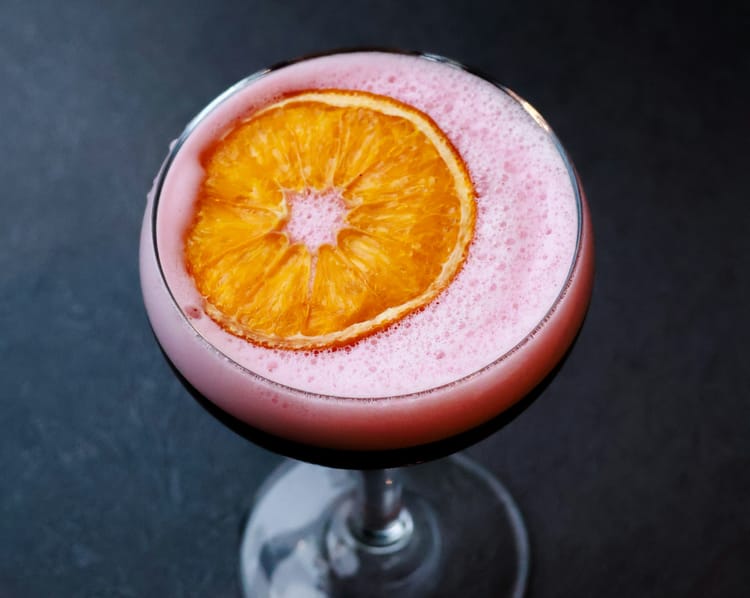
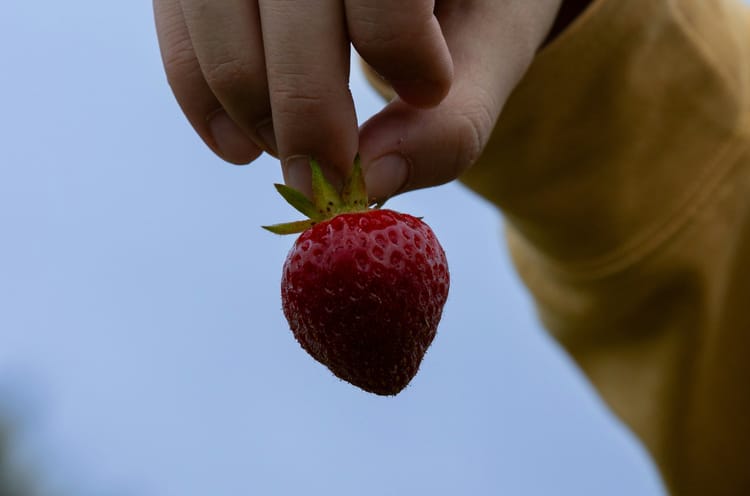


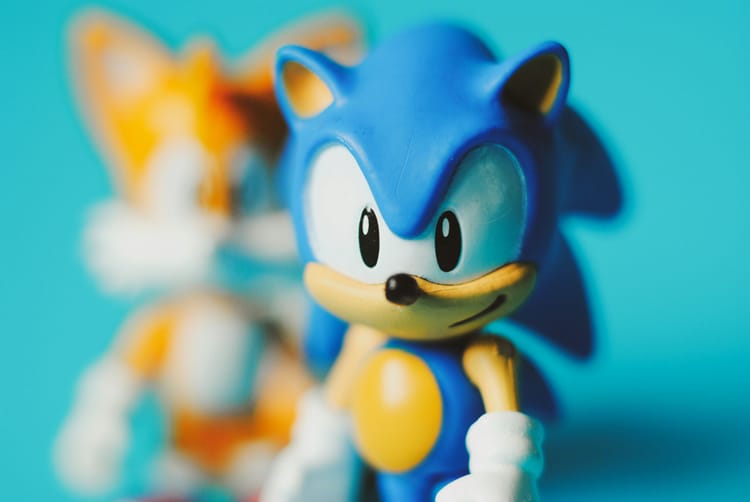
Member discussion